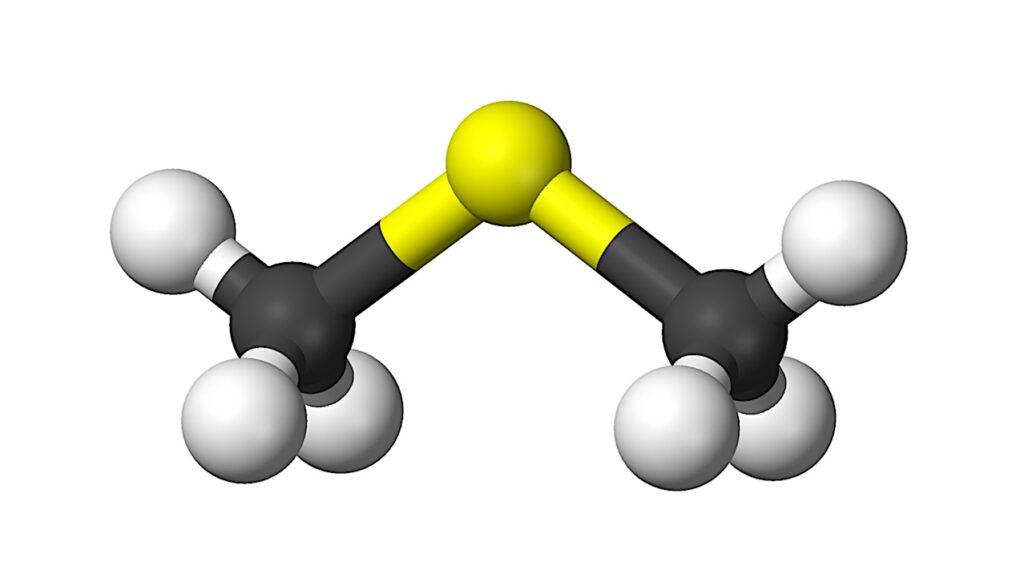Redox State And Interior Structure Control On The Long-term Habitability Of Stagnant-lid Planets

A major goal in the search for extraterrestrial life is the detection of liquid water on the surface of exoplanets.
On terrestrial planets, volcanic outgassing is a significant source of atmospheric and surface water and a major contributor to the long-term evolution of the atmosphere. The rate of volcanism depends on the interior evolution and on numerous feedback processes between atmosphere and interior, which continuously shape atmospheric composition, pressure, and temperature.
We present the results of a comprehensive 1D model of the coupled evolution of the interior and atmosphere of rocky exoplanets that combines central feedback processes between these two reservoirs. We carried out more than 280,000 simulations over a wide range of mantle redox states and volatile content, planetary masses, interior structures and orbital distances in order to robustly assess the emergence, accumulation and preservation of surface water on rocky planets.
To establish a conservative baseline of which types of planets can outgas and sustain water on their surface, we focus here on stagnant-lid planets. We find that only a narrow range of the mantle redox state around the iron-wüstite buffer allows forming atmospheres that lead to long-term habitable conditions. At oxidizing conditions similar to those of the Earth’s mantle, most stagnant-lid planets transition into a runaway greenhouse regime akin to Venus due to strong CO2 outgassing. At more reducing conditions, the amount of outgassed greenhouse gases is often too low to keep surface water from freezing.
In addition, Mercury-like planets with large metallic cores are able to sustain habitable conditions at an extended range of orbital distances as a result of lower volcanic activity.
Philipp Baumeister, Nicola Tosi, Caroline Brachmann, John Lee Grenfell, Lena Noack
Comments: 20 pages, 15 figures, submitted to Astronomy & Astrophysics
Subjects: Earth and Planetary Astrophysics (astro-ph.EP)
Cite as: arXiv:2301.03466 [astro-ph.EP] (or arXiv:2301.03466v1 [astro-ph.EP] for this version)
Submission history
From: Philipp Baumeister
[v1] Mon, 9 Jan 2023 16:01:55 UTC (24,385 KB)
https://arxiv.org/abs/2301.03466
Astrobiology,








